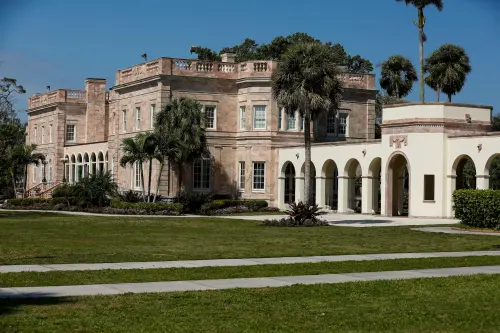In the coming months, the Supreme Court will consider—again—whether UT Austin’s use of racial preferences in undergraduate admissions decisions violates the Equal Protection Clause of the Fourteenth Amendment. In 2013, the Supreme Court ruled that the Fifth Circuit Court of Appeals had failed to apply strict scrutiny in affirming UT Austin’s admissions policy, thus vacating the Fifth Circuit’s original decision and sending the case back down. In the following year, the Fifth Circuit re-affirmed the university’s admissions practices, which was again appealed, and in June of 2015 the Supreme Court announced that they would once agains hear Abigail Fisher’s challenge in Fisher v University of Texas Austin, which is now scheduled for the coming December.
As with the original hearing, there is the possibility that the pending decision will make it more difficult for universities to justify using race as a factor in admissions. Many fear that preventing universities from considering race in college admissions will drastically reduce diversity on college campuses. But universities in some states that have already banned affirmative action are using an alternative way of achieving diversity—extending preferences to students with disadvantaged economic backgrounds.
California, for example, started implementing non-race-based methods of increasing on-campus diversity in the late 1990s. Kate Antonovics and I investigated whether admissions criteria changed as a result, and we found selective universities in the University of California system increased the preference given to both low-income students and students who were the first in their family to attend college. These types of preferences are less likely to run afoul of the courts and popular opinion. They also have the side effect of boosting diversity since racial minorities are disproportionately more likely to come from disadvantaged backgrounds.
Giving preferences to socioeconomically disadvantaged students, however, does not fully restore the loss of racial diversity associated with ending affirmative action. In our study, we found about 20 percent of the loss in minority admissions rates at Berkeley and 30 percent at UCLA were offset by changes in the admissions process. Even so, opening the doors to more students from working class families could increase college diversity in other important ways, such as adding students from areas that previously did not send students to top universities.
Class-based preferences may be a more sustainable solution than affirmative action
Eight states, representing 29 percent of U.S. high school students, have already banned affirmative action in college admissions. Six have done so through statewide votes. The current case is the fourth case challenging racial preferences in higher education to reach the Supreme Court since 2003, with several additional cases contesting topics such as racial preferences in K-12 public school assignment and statewide affirmative action bans.
Fears that the nationwide end to affirmative action would drastically reduce the number of minority students attending college are unfounded. My own research shows that while minority enrollment at the most selective public universities has fallen in states that have banned affirmative action, minority enrollment across all campuses in those states has stayed the same. Thus, affirmative action bans primarily shift minority student enrollment from more selective to less selective public universities while not reducing total enrollment.
To ensure racial diversity in our selective universities, nothing beats race-based preferences in admissions. Nothing else gives universities more freedom in shaping their incoming classes. But as that option loses its political luster, public support, and, perhaps, legal viability (as it has in many states), other pathways may broaden access to selective universities for students from disadvantaged backgrounds. In many cases, this approach may kill two birds with one stone, promoting both racial and economic diversity.
The Brookings Institution is committed to quality, independence, and impact.
We are supported by a diverse array of funders. In line with our values and policies, each Brookings publication represents the sole views of its author(s).



Commentary
What happens if affirmative action in college admissions is banned?
October 21, 2015